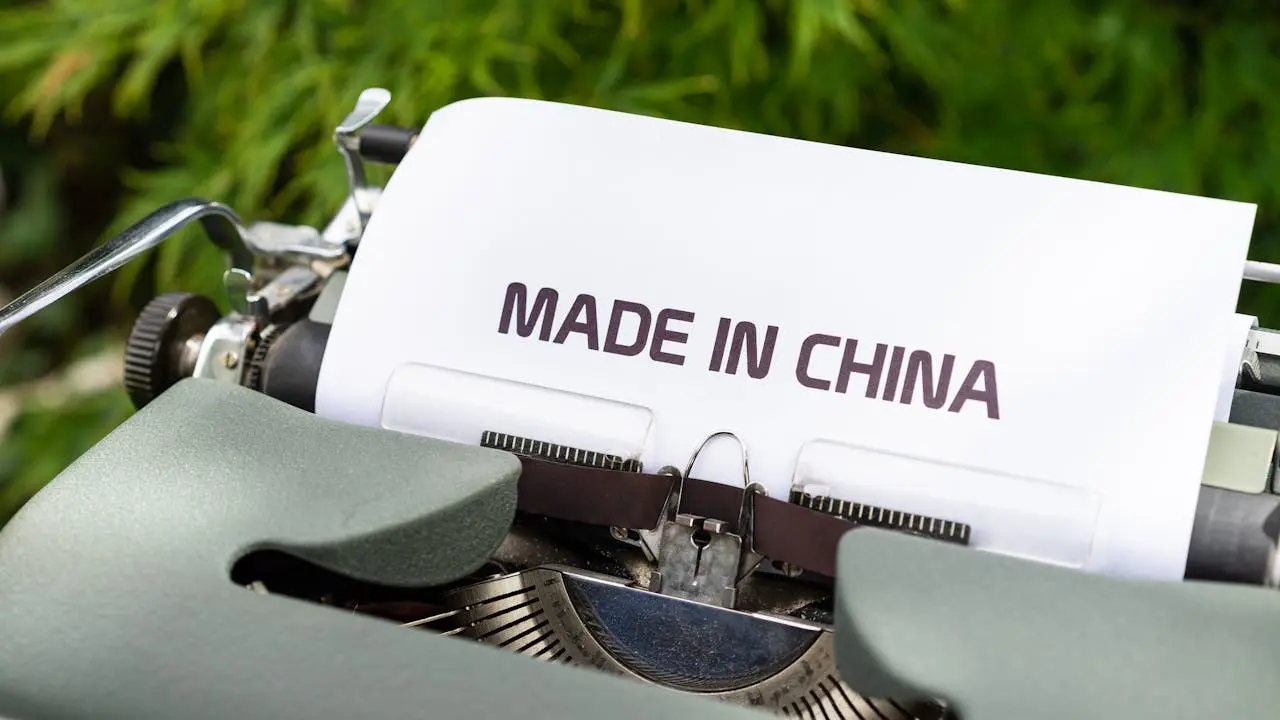Let’s discuss a brief about “Why is Everything Made in China”. Today’s, When you look around your house you’ll probably notice that a lot of the items you own have the tag “Made in China.” Whether it’s electronics, clothes, or toys China has established itself as the leading hub, for manufacturing and producing goods for businesses worldwide. But why exactly is so much production centered in China? The reasons are multifaceted, extending beyond just low labor costs.
The Availability of Low-Cost Labor
Many companies are attracted to manufacturing, in China due to the number of low-wage workers in the country. With a population exceeding 1.4 billion China possesses a labor force for companies to utilize. A significant portion of these workers move from areas to industrial centers willing to put in long hours for modest pay. While wages have seen an increase over time they still tend to be lower compared to countries.
The presence of labor makes China a desirable choice, for businesses seeking to cut down on production costs. By leveraging this workforce companies can produce goods at a price point ultimately passing on these savings to consumers through competitive retail prices.
An Entrenched Manufacturing Infrastructure
Beyond just low labor costs, China offers an entire ecosystem that supports and streamlines manufacturing. Over decades, cities like Shenzhen have developed into specialized hubs with networks of suppliers, component manufacturers, distribution channels, and skilled workers – all the elements needed for efficient, cost-effective production.
This established infrastructure is difficult for other countries to replicate overnight. Companies can source all the parts, materials, and services they need locally in China rather than importing from multiple nations. The convenience and integration of this supply chain makes China an ideal manufacturing base.
A Business-Friendly Regulatory Climate
Regulation around worker rights, environmental protection, and other areas tends to be more lax in China compared to Western nations. While raising ethical concerns, this permissive regulatory landscape helps keep operating costs down for manufacturers.
In the U.S. and Europe, companies must comply with strict labor laws, worker safety requirements, environmental regulations, and more – adherence that increases overhead expenses. China’s comparatively relaxed rules around these areas makes it a more cost-effective place to manufacture from an operating perspective.
Favorable Tax Policies
The Chinese government has cultivated a tax environment aimed at stimulating manufacturing and exports. Policies like an export tax rebate that exempted exported goods from value-added tax helped make Chinese products more competitive on the global market.
Many countries have also allowed consumer goods from China to be imported without tariffs or duties. These favorable tax treatment has made sourcing production from China more lucrative for companies.
Currency Practices
There have been claims that China manipulates its currency, the yuan to keep its value lower compared to currencies such, as the U.S. Dollar. This strategy makes Chinese exports more affordable on the market.
Although there has been some increase in the value of the yuan over time due, to trade influences it is still considered undervalued when measured against what economists believe is its worth according to Chinas economic principles. This undervalued currency helps give Chinese exports a pricing advantage.
Investments in Infrastructure and Human Capital
China has improved its manufacturing capabilities and global export efficiency through the development of infrastructure such, as ports, railways and highways.
The country has also heavily invested in education and technical training to develop a skilled workforce capable of supporting industrial and manufacturing work. This human capital provides the labor resources critical for large-scale production.
The Path Forward
While China has undoubtedly established itself as the world’s factory floor, that dominance may face challenges looking ahead. Wages have gradually risen in China, even if still lower than in other nations. The United States and its partners have taken a stand, against misconduct by China, such as infringing on intellectual property rights and engaging in trade activities.
Certain businesses are now considering manufacturing locations, like Vietnam, India, and Mexico to expand their supplier networks. However, transitioning fully away from China will be extraordinarily difficult given its decades-long head start building its manufacturing might.
China’s rise to become the center of global production involved the powerful confluence of lower labor costs, conducive regulations, strategic tax policies, currency factors, investments in infrastructure and education, and an unparalleled supply chain ecosystem. These dynamics altogether supercharged China’s transformation into the world’s factory over a few decades – a title that may remain unthreatened for years to come.
Conclusion
China has established itself as a manufacturing hub thanks to factors, like labor, favorable business environment, relaxed regulations, tax benefits, currency strategies, well-developed infrastructure, and a proficient workforce. As global economic landscapes evolve China might encounter competition from countries vying for its leading position, in manufacturing. Nevertheless, products bearing the label “Made in China” continue to highlight the country’s manufacturing capabilities.
Also Read – Packing books and heavy things for a long distance moving

